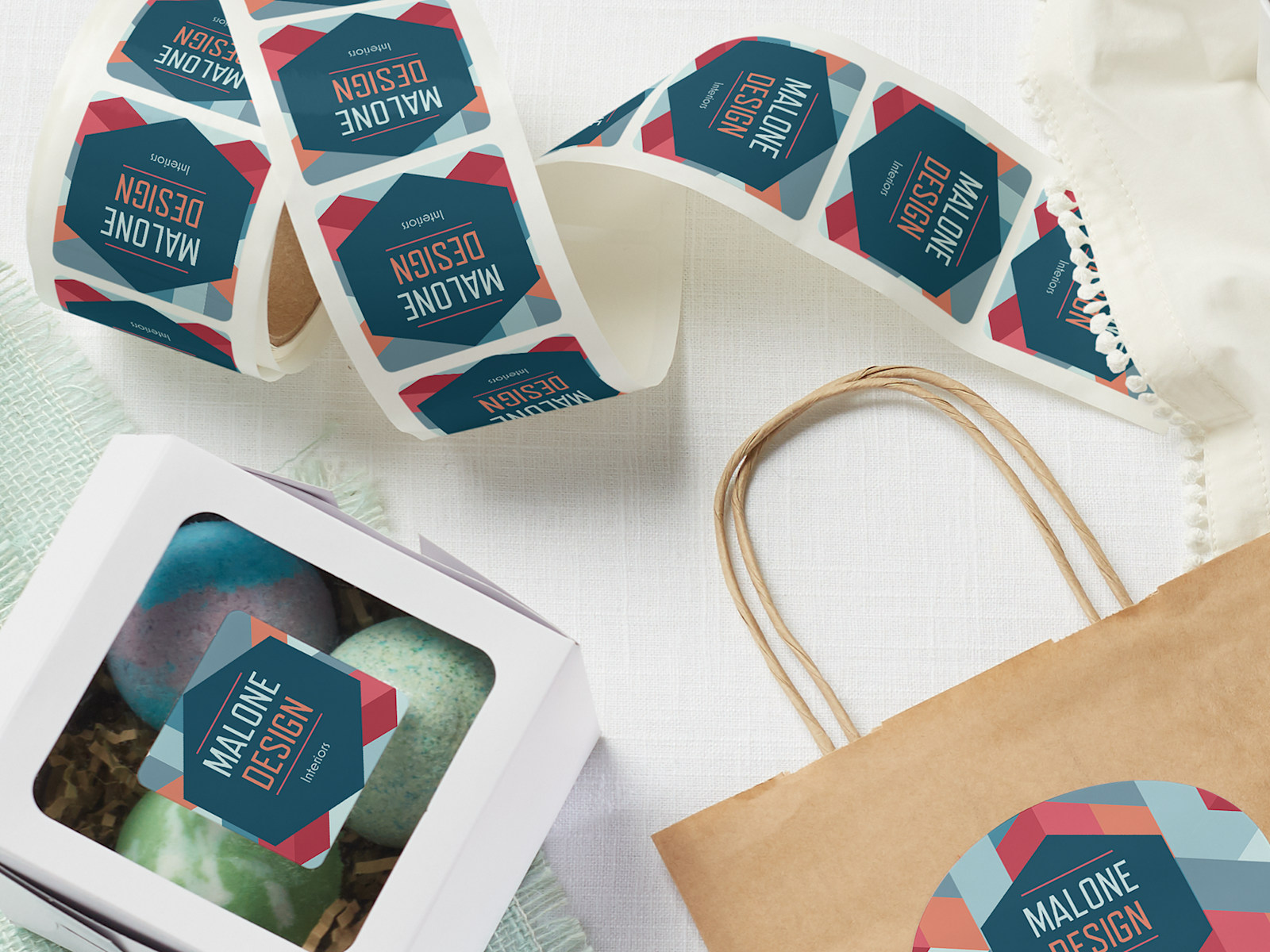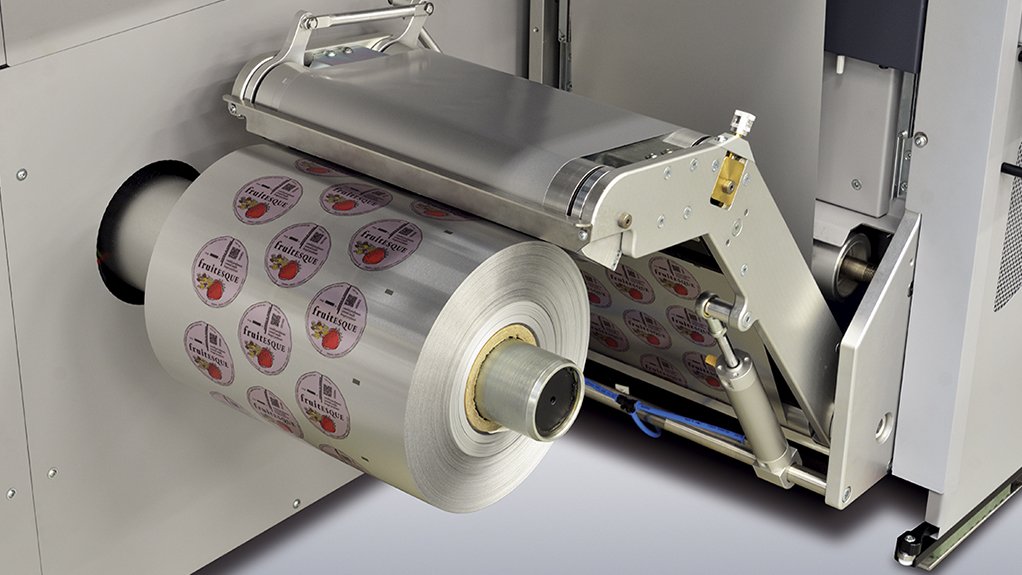For many marketing professionals and small business owners, printing labels efficiently can be a daunting task. Often, the need arises to create multiple labels for products, shipments, or administrative tasks. One common challenge is learning how to print 30 different labels on one sheet in Word. Fear not, this guide is designed to walk you through the process with optimism and clarity.

Understanding the Basics of Label Printing
Before diving into the specifics, it’s important to understand why leveraging Microsoft Word is beneficial. It’s versatile, user-friendly, and widely accessible making it a terrific choice for label printing.
What are Labels?
Labels are used to identify products, convey information, or simply as part of branding. Whether you’re labeling food items, boxes of merchandise, or crafting custom tags, labels play a vital role in organizing and providing information.
Why Use Word for Label Printing?
One big reason is its flexibility. With Word, you can design custom labels, adjust fonts, and include images, all tailored to specific needs. Moreover, many templates are pre-approved, ensuring compatibility and ease of use.
Setting Up Labels in Word
To begin the process of printing 30 different labels on one sheet, you need to set up your document correctly.
Selecting a Label Template
- Open Microsoft Word and click on ‘Mailings’ tab.
- Choose ‘Labels’ and then ‘Options’.
- Select the proper label vendor and product number. This selection aligns Words template with the label sheet you are using.
For step-by-step guidance, refer to this external resource.
Designing Your Labels
After selecting your template, it’s time to design your labels. You can add text, images, and other elements to each label.
Adding Different Designs and Texts
Each label can have a unique design. Select a label, enter the design mode, and customize it to your liking. You might want to include Brand Logos, contact information, or QR codes.
For internal tips check printing tips.
Printing the Labels
Once your labels are designed, it’s time to print. Ensure that your printer is compatible and has the appropriate label sheets loaded.
Printer Settings
Adjust the printer settings for optimal quality. Select the correct paper size and orientation that matches your label sheet.
Test Printing
Perform a test print on regular paper before using your label sheets to ensure everything aligns correctly. This step saves resources and avoids errors.
Also consider printer options from this printer guide.
Troubleshooting Common Issues
Misalignment Problems
If your labels are printing off-center, check your printer settings. Ensure the paper aligns properly and that youve selected the correct label template.
Print Quality
Poor print quality can be improved by using high-resolution images and confirming the printer is set to high quality.
Tips for Success
Consistency in Branding
Maintain consistent branding across all labels. This approach enhances brand recognition and professionalism.
Utilizing Templates
Word offers a variety of pre-existing templates which can save time and ensure precision. Explore them to find one that best matches your needs.
For more on template use, check out this Microsoft guide.
Advanced Techniques
Using Mail Merge for Bulk Labels
If you have large numbers of labels to print with slightly varied data (like addresses), the Mail Merge feature is a perfect, efficient tool.
Incorporating Graphic Elements
Add logos or other graphic elements to make labels not only informative but visually appealing. This technique is particularly effective for marketing labels.
For more ideas, visit heat transfer guide.
Conclusion
Printing 30 different labels on one sheet in Word may seem challenging but is quite achievable with the right approach. Understanding your resources, setting up templates, and careful printing are keys to delightful results. Embrace technology and the tools available and take your label printing to the next level effortlessly.

FAQs
Can I print labels without a template?
Yes, but using a template ensures correct alignment and accuracy, making the process smoother and more reliable.
What if my labels don’t match my printer settings?
Check the template settings and ensure they align with your printers settings. Calibrate your printer if necessary.
Is Word suitable for professional labels?
Absolutely. Words versatility supports professional-grade label design and printing.
As an Amazon Associate, I earn from qualifying purchases.